Induction Bending And Hot Rolling
Views Send Enquiry
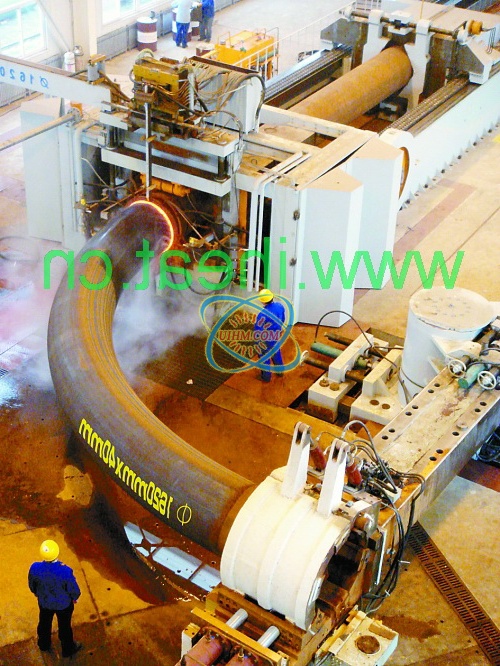
Induction Bending And Hot Rolling the 1620mmX40mm steel pipe in the West-East natural gas transmission project.
Induction bending is also referred to as hot rolling, but there are some differences between the two processes. Induction bending is an efficient way to form a bend when only a specific area of a metal tube or pipe requires a bend, while in the hot rolling process the finished steel is typically used for sheet metal and comes coiled. These coils of sheet metal are either used directly by fabricators or as feed for cold rolling mills where they are later turned into sheet metal, metal foil and metal plates.
The Induction Bending and Hot Rolling Process
In induction bending the specific area that requires a bend is usually heated with the use of an induction coil in order to make the material easier to bend to a preset radius. While in hot rolling process the entire metal slab is heated to between 800 and 2,200 degrees Fahrenheit and while the metal is still hot it is sent through rollers that are set to a controlled amount of weight that will change the metal to the desired size or thickness. The metal is then quenched with either air or water spray. Almost any metal or steel product can be used in the induction bending process, this includes metal bars, pipes and tubes. With the hot rolling process steel slabs are usually the type of metal that is used.
Advantages of Induction Bending
#1 Decreases DistortionWith induction bending you have the ability to apply heat only to a specific area of the metal pipe, which will ensure that a minimal amount of distortion occurs after the bend is completed. As apposed to heating the entire pipe to simply create one bend.
#2 Energy Efficient Bending Process Induction bending results in higher energy efficient systems since only a portion of the metal requires heating the power required to create the bend is kept to a minimum. To create the bend, a heating coil, or induction coil is used, which is placed around the specific area of the pipe.
#3 Lowers Overhead CostsThe induction bending process does not require any sand filling or internal mandrels, so the overhead costs for a metal working company are much lower.
#4 Cost EffectiveWith induction bending overall bending times do not take as long as other metal working processes, making induction bending more cost effective.
#5 Better QualityThe overall quality of the bend is better than that of other metal working processes such as cold bending, where excessive warping and wall thinning can sometimes occur.
#6 Smoother FinishThe induction bending process will completely eliminate the need for any mechanical or welded joints between pipes, thus resulting in a smoother finish.
Although there may be some crossovers between induction bending and hot rolling in the way the finished metal products are used, induction bending is almost always used on large pipes such as petroleum pipelines, but can also be used in making smaller products such as springs, and farming tools. Where hot rolling is almost always used to create feed for the cold rolling finishing plants
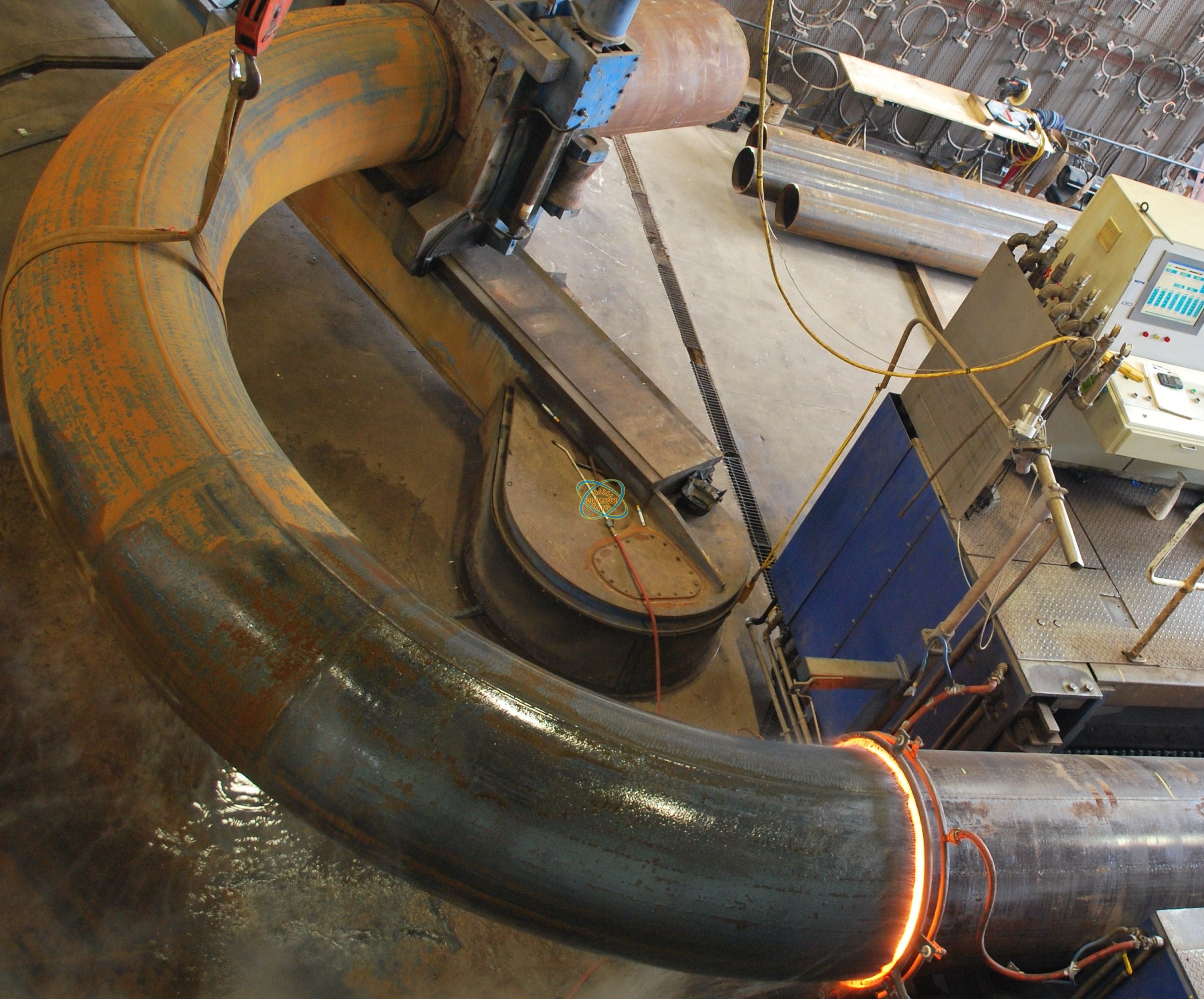
induction-bending
Related Content

induction brazing SS steel by handheld induction coil

induction melting silicon and steel
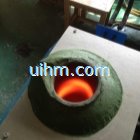
magnesium oxide acidic furnace for induction melting glass

induction preheating gas pipeline by full air cooled clamp induction coil and DSP induction heater
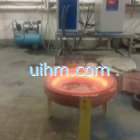
induction melting with Titanium alloy pot by customized induction coil
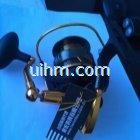
induction melting aluminium for casting wire wheel
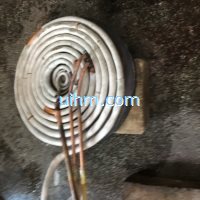
induction heating steel plate by pancake induction coil

induction heating steel knife
Hot
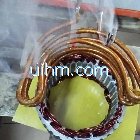
Induction Heating multi wire bundles of rotor with different shape induction coils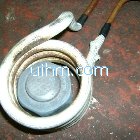
induction heating bolt
induction heating steel rod by UM-40AB-HF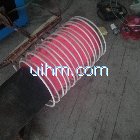
induction heating end of pipeline by 160kw induction heater
induction heating steel plates by auto feed system with 120KW induction heater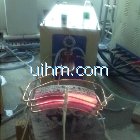
induction heating cambered work-piece by 160KW power supply
Induction heating for Plastic Reflow With Catheter Tubing
U shape induction coil for heating hole

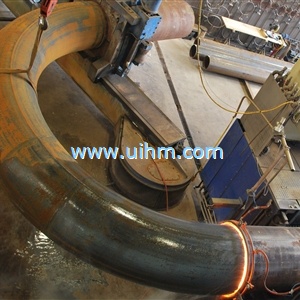
Newest Comment
No Comment
Post Comment